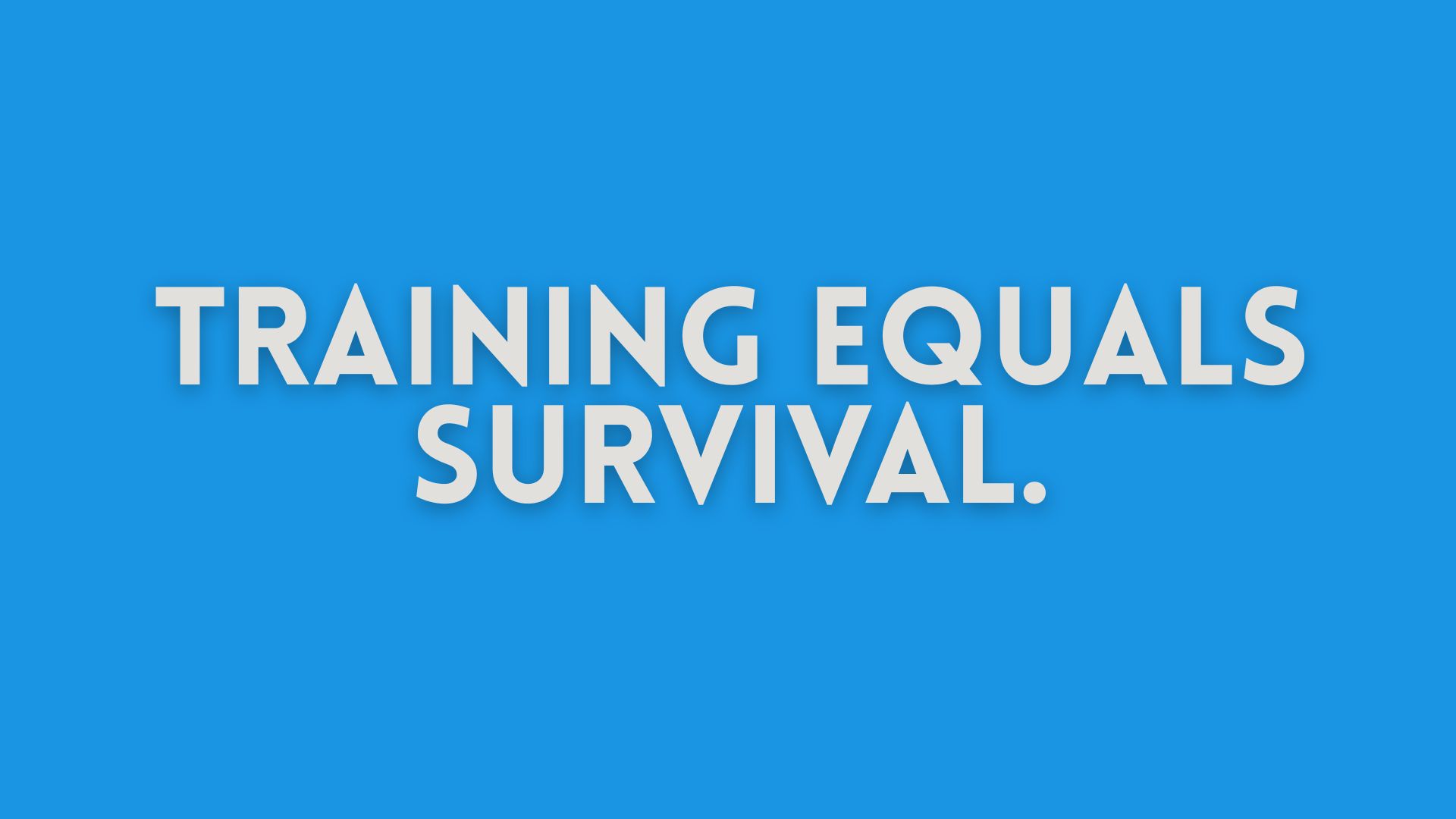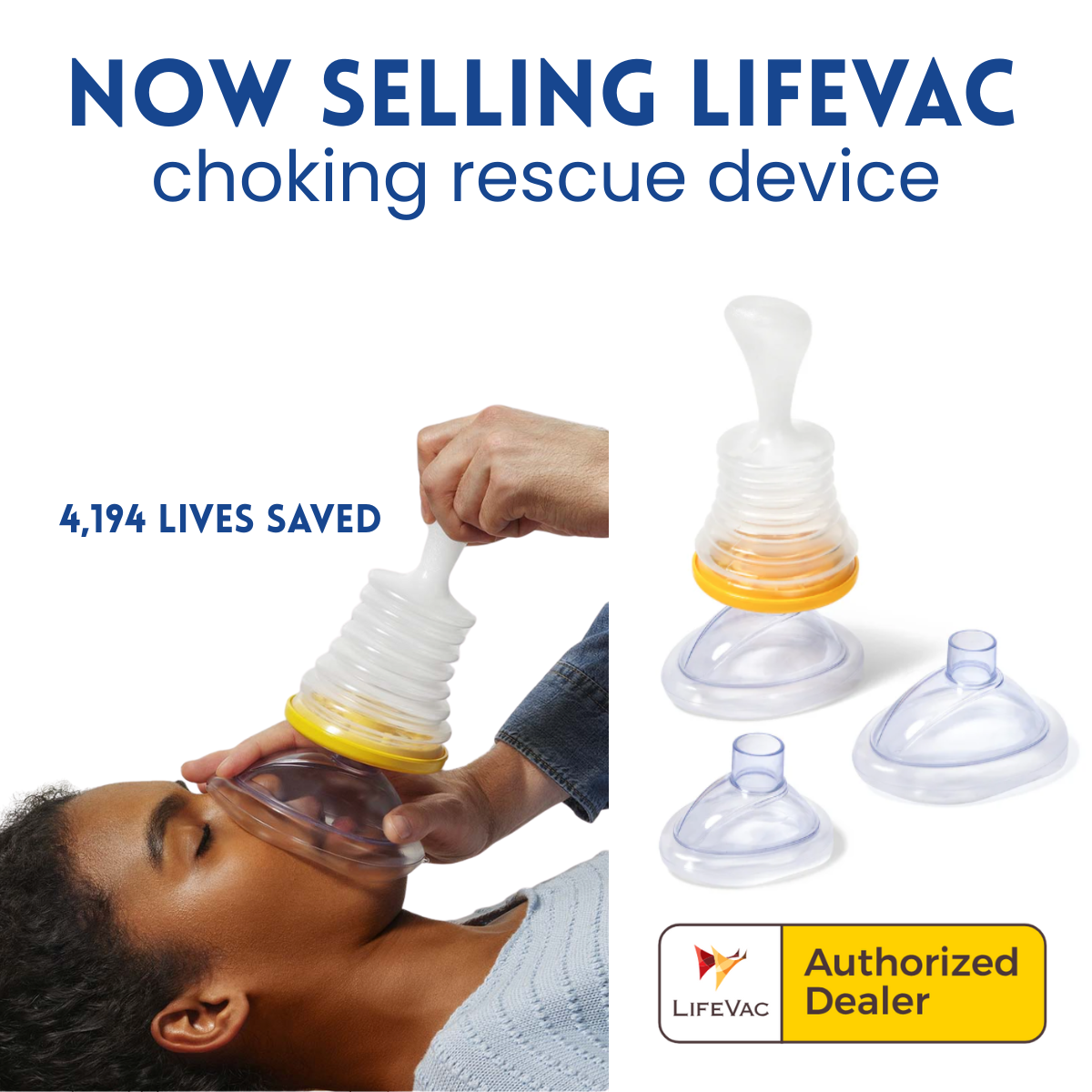Our First Newsletter
Our newsletter will be sent out quarterly with the changing seasons for our clients to stay informed on the latest safety industry news, training tips and breakdowns, industry news, and more! In this inaugural newsletter we have Halloween safety tips for parents, 30-minute workplace training drills, and spotlights on our clients at UKFCU and the Pendleton County Library.


The photos above left to right are from the Pendleton County Library staff training and the UK Financial Credit Union corporate training. Both organizations trained in our Survive Your Environment. During the training session in Pendleton county the staff learned that windows that could be used as escape routes in the event of an emergency were screwed or nailed shut. None of the staff members had known when this had been or why. They also realized that there were keys to certain rooms or closets that no one seemed to have the keys to. This is why we stress the importance of annual and continual training. The staff members here now know what infrastructure in their facility supports a secure environment and what needs to be fixed or updated. A 10-minute safety power point and an online quiz would not have revealed these weak spots. We developed our training to be interactive and engaging for the purpose of our clients becoming more comfortable in their environment.
UKFCU trained all their branches with the 1-hour Survive Your Environment course and their corporate leadership team with our 2-hour SYE option. Financial credit unions, banks, and other public facing companies often find it difficult to complete trainings within their hours of operation. UKFCU was able to complete these trainings and invest in their employees' safety while maintaining their normal business hours.
Survive Your Environment Course
30% of Workers who died from workplace homocide were performing service related tasks
The leading cause of these incidents was criminal intent, such as robbery. A study from 1994 to 2021 revealed that while most workplace homicides and non-workplace homicides declined significantly from 1994-2014, a steady rise begin in 2014.
Public facing jobs typically have less hazardous risks than other jobs, like manufacturing or transportation, but still have a higher chance of physical violence from clients and customers. Providing retail, banking, and healthcare workers with the proper training can help them identify potential perpetrators and develop de-escalation skills. While not all situations can be de-escalated, enhanced training will give employees the skills they need to respond to violence strategically.
30 Minute Training Sessions
Training that is not reviewed will not be remembered. Regular review and drills will make a difference in retention and help control the fear an individual will experience in an active aggressor event. We have put together a training drill that can performed in 30 minutes or less to keep employees refreshed on the emergency response procedures without disrupting entire day of productivity. This drill can be adapted for each floor, section, or sector of the workplace to account for the individual needs and hazards of each role. This drill can also be adapted for large or small workplaces. It is important to note that while each section of a building or campus will have its own risks, employees should be aware of the hazards for all parts of the building.

Gather participants in a conference room or virtually. Start with ground rules: emphasize it's a safe space and remind everyone it's a drill. The facilitator sets the scene then walks through the scenario chronologically, pausing for group input on decisions like evacuation routes or lockdown procedures. Run variations with injects, encouraging debate on roles and challenges. Keep it interactive but time-bound, running until "first responders arrive." (Average response time for an active aggressor is between 3-7 minutes). Ensure that responses to the scenario(s) for the roundtable coincide with company policy and procedures.
1. Introduce the scenario: Present a neutral, hypothetical situation (e.g., "An unauthorized individual enters the lobby during business hours and begins shooting"). Present realistic scenarios based on your workplace setting.
2. Guide structured dialogue: Use your questions to prompt input. Break into small groups (3-5 people) for 10 minutes per topic, then reconvene for shares. Rotate facilitation if co-leading is necessary.
Completion: After Action Review (AAR)
- Group reflection: Reconvene to share highlights and concerns. Use a quick round-robin for feedback.
- Identify actions: Prioritize fixes (e.g., "Install better locks by Q4") with owners and timelines. Distribute a summary report within 48 hours.
- Use insights to refine the EAP (Emergency Action Plan) and plan advanced drills.

We don't just provide safety plans for workplaces and organizations, we're here to help with your personal and family safety as well. Halloween is a holiday millions of families look forward to every year. An important part of celebrating holidays is doing so safely. Whether you're the parent of a teen, toddler, or passing out candy to neighborhood kids, following these tips will help keep the community vigilant and protected. When every adult and capable teen knows what type of hazards and potential perpetrators to look for, the number of accidents and deaths can be minimized. Review the following for yourself and the children in your life.
Review Traffic Safety: 62% of fatal child pedestrian traffic accidents happen on Halloween night.
- Make eye contact with drivers before crossing
- Look left, look right, and left again before crossing
- Cross in well-established crosswalks
- Do not cross at bends, between cars, or in dark areas
Rethink the Mask: Masks can obscure the vision and make it more difficult to see oncoming traffic or tripping hazards. Opt for make-up or props instead.
Inspect Candy Before Snacking: Most candy tampering stories have been proven to be urban legends. However, it never hurts to be safe. Check for open or punctured packaging, choking hazards, and allergy information.
Costume Safety Practices: Costumes that are well-fitting minimize tripping hazards. It's also important to ensure every part of the costume is flame resistant.
Increase Visibility: Place reflective strips or stickers on candy bags or buckets, backs of costumes, shoes, or opt for bright colored costumes. Bring a flashlight, do not rely on cellphones.
The Buddy System: Children 10 and under should be accompanied by an adult. Even if children are traveling in a large group ensure each child accounts for another.
Go Where You Know: Stick to well lit, familiar areas. If your children are going out with friends, discuss the route and make sure they have a fully charged phone. Remind them to never enter the home or car of a stranger or approach dark houses.
Stay Vigilant: Phones down, eyes up. Be sure to constantly check for people or things that look out of place. Make sure your children are always within your line of sight.
Be prepared for Halloween and any moment in the year with LifeVac. LifeVac is an anti-choking device that has helped saved thousands of lives since its introduction to the market. Place. Push. Pull. It's that simple. The device comes with an adult and pediatric mask.


Watch an example and order today
Practice Personal Safety Habits
This is an exercise in learning to identify cover and concealment, which can be useful both to identify areas that the bad guys might use and areas that you might need to use.
- As you go into an area or place of business, try to identify all the areas where a aggressor could be hidden from sight.
- To make the exercise more challenging, limit to areas where they can still observe from or where they can attack from.
- Another limitation you can use is only areas where they would have cover, not just concealment.
An important reminder is difference between cover and concealment. Cover provides ballistic protection, like a brick wall. Concealment hides you from sight, like a curtain.
Do this activity in a variety of environments and areas. You can involve friends and family and ask them to participate as well. After you've completed the activity a few times, come back and tell us about the environments you did the activity in, what kind of cover and concealment there was, and what challenges or obstacles could be in your way.

Listen and Learn
We cover more industry news, safety subjects, and case studies in our podcast. Our podcast episodes will be moving to a quarterly basis, like our newsletter release schedule, starting in the New Year. Be sure to catch up on our episodes from the last 3 seasons before we launch again.
Our most popular episodes so far have been:
- Building a Culture of Safety
- Trauma Responses and Situational Awareness
- Bar and Nightlife Safety
- Safety Tips and Talking Points for Parents
- The Clery Act: A Case Study
These episodes are great, educational resources to enjoy while commuting, picking up around the house, or while performing work tasks if your profession allows it.
Subscribe and listen on our Website
Thanks for reading!
We hope this newsletter has been beneficial for your safety skillset. APB Consulting Solutions exists to set the standard for both Law Enforcement and the General Public on safety and security solutions. Contact us today to learn more about our courses, training options, and individual safety lessons.



Responses